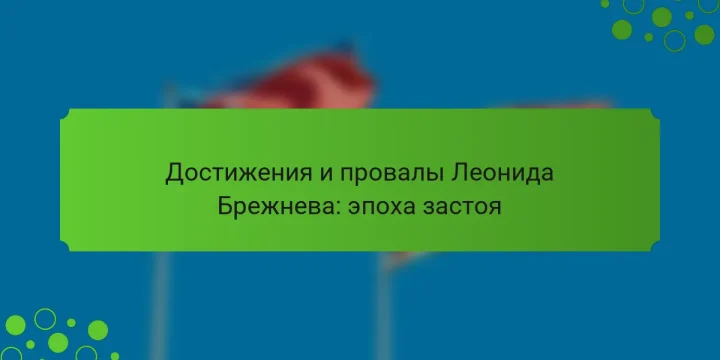
The dissolution of the Soviet Union has had profound consequences for modern Russia, impacting its political, economic, and social landscape. Politically, Russia emerged as an independent state, leading to a new power structure. Economically, the transition to market reforms resulted in hyperinflation and rising unemployment, while social changes contributed to increased inequality and declining living conditions for many citizens. The geopolitical ramifications included a shift in international relations, with the loss of superpower status and the emergence of new independent states from former Soviet territories, altering the balance of power in Eastern Europe and Central Asia. These developments continue to shape Russia's trajectory and its role on the global stage. Каковы основные последствия распада Советского Союза для современной России? Основные последствия распада Советского Союза для современной России включают политические, экономические…








